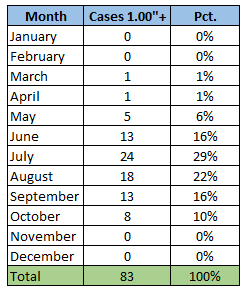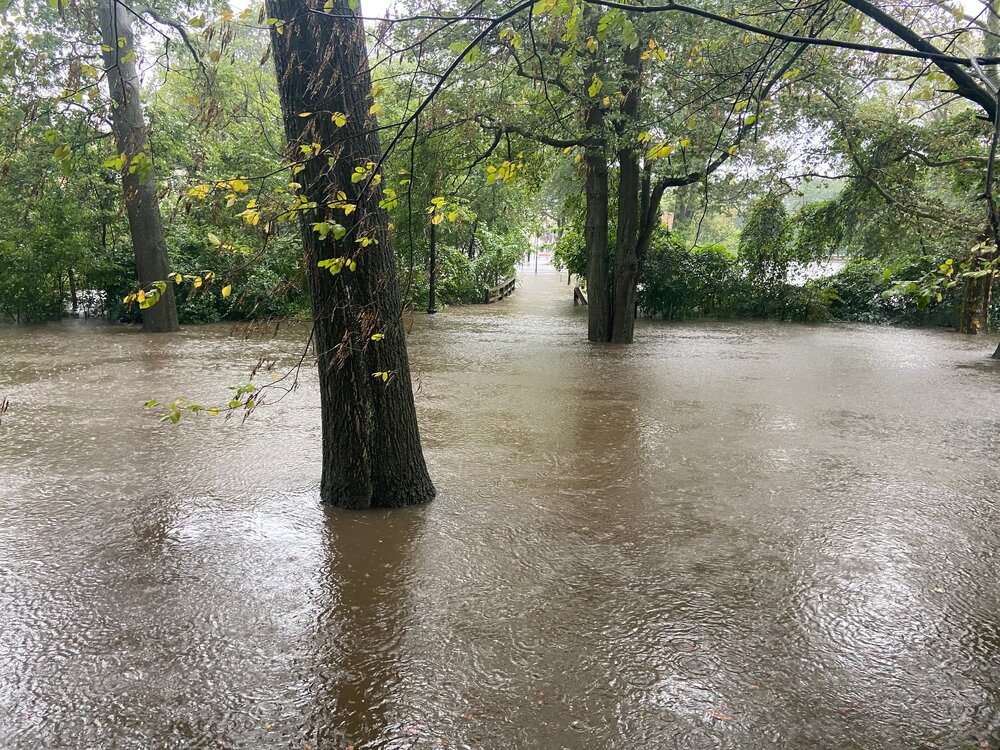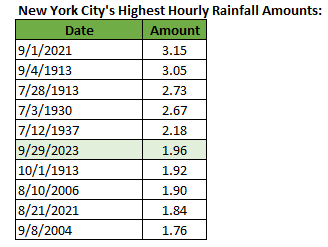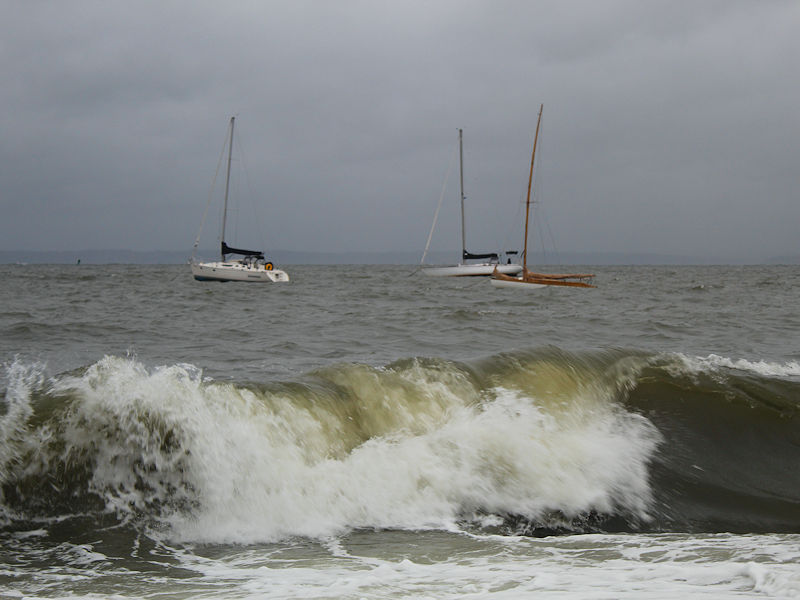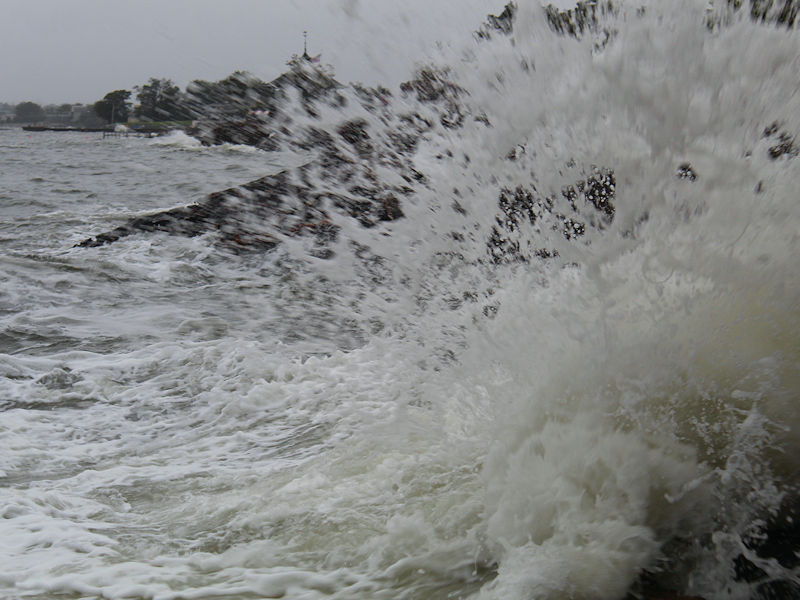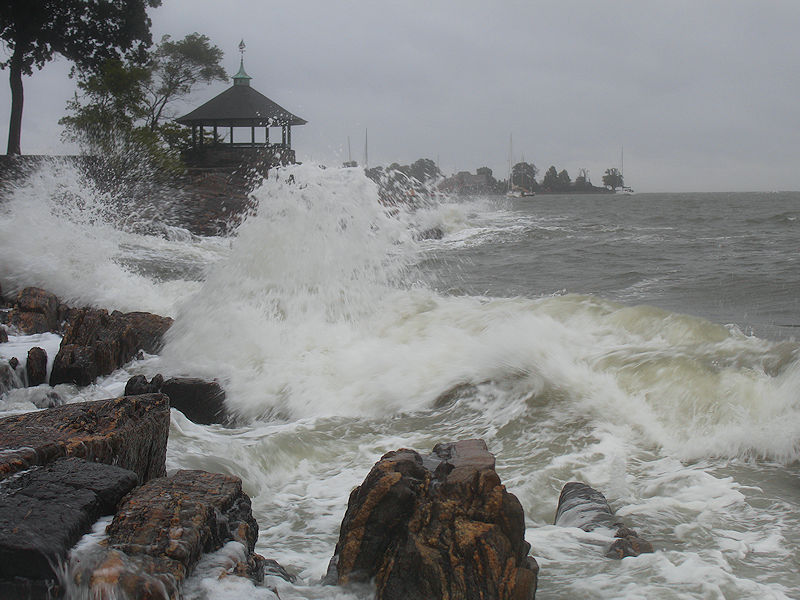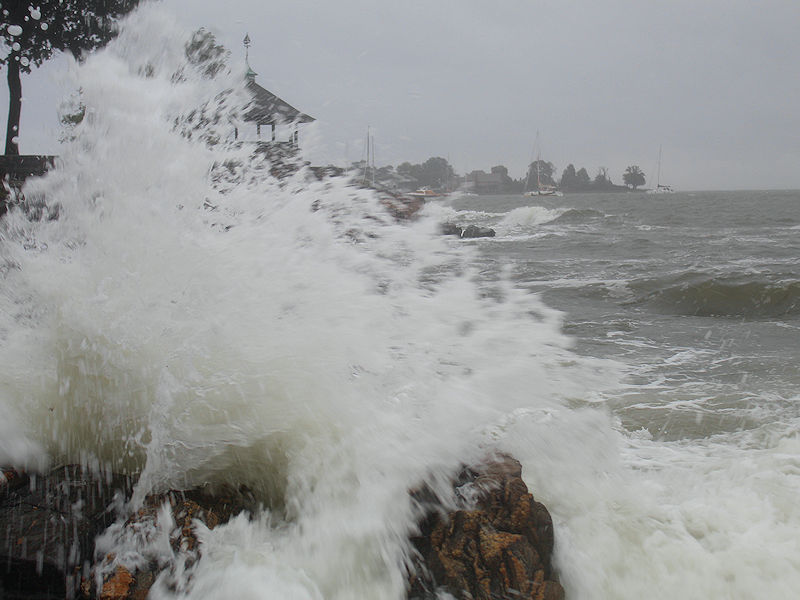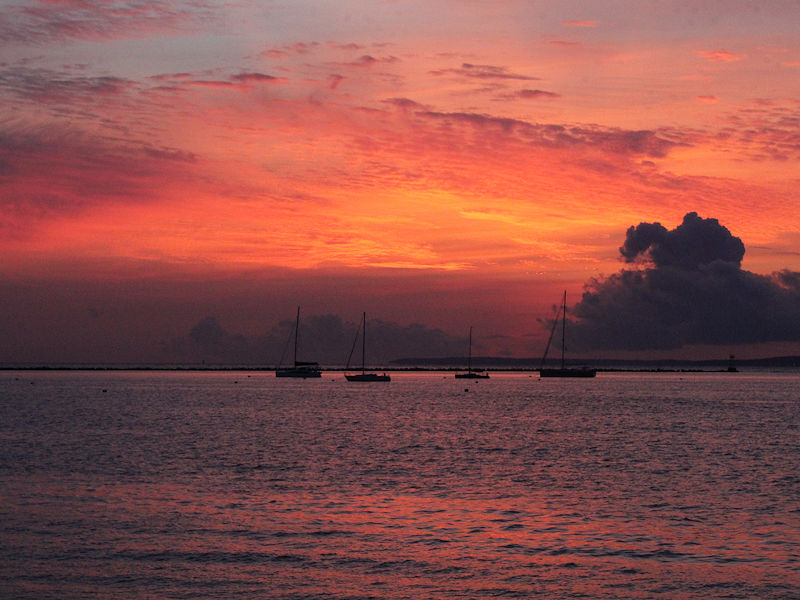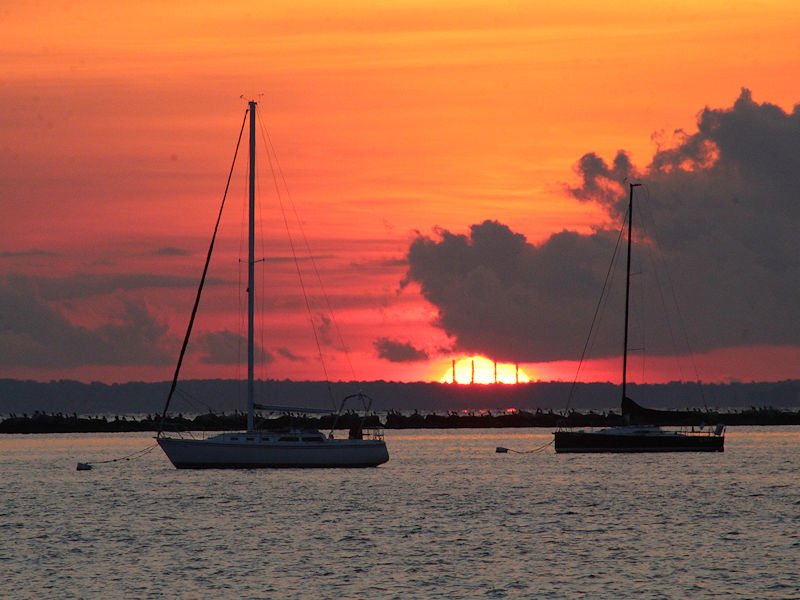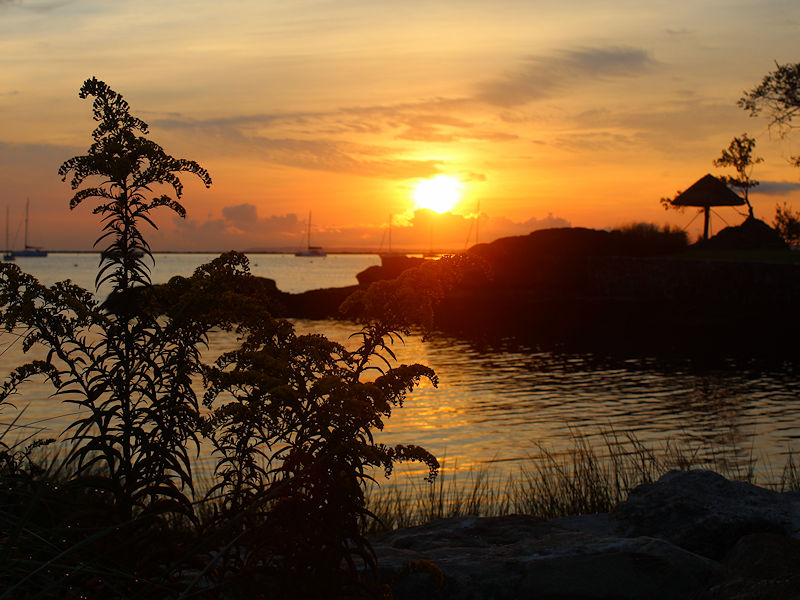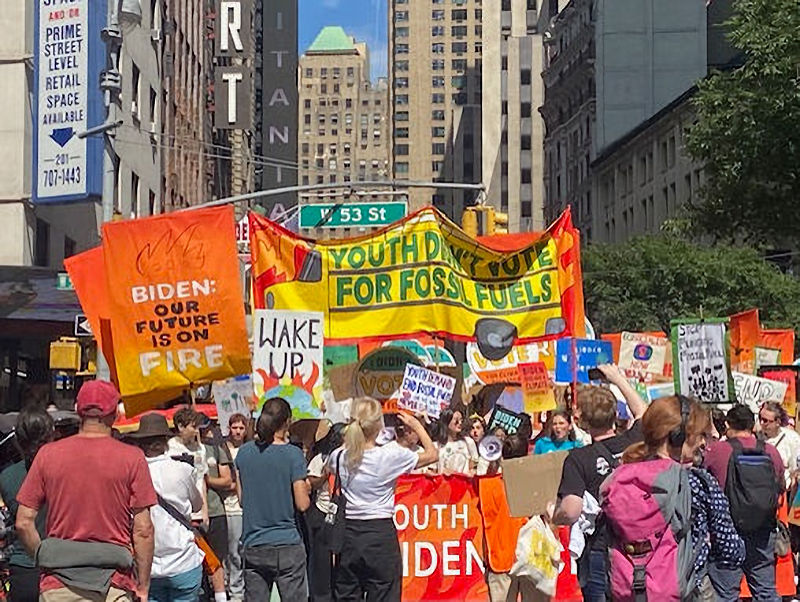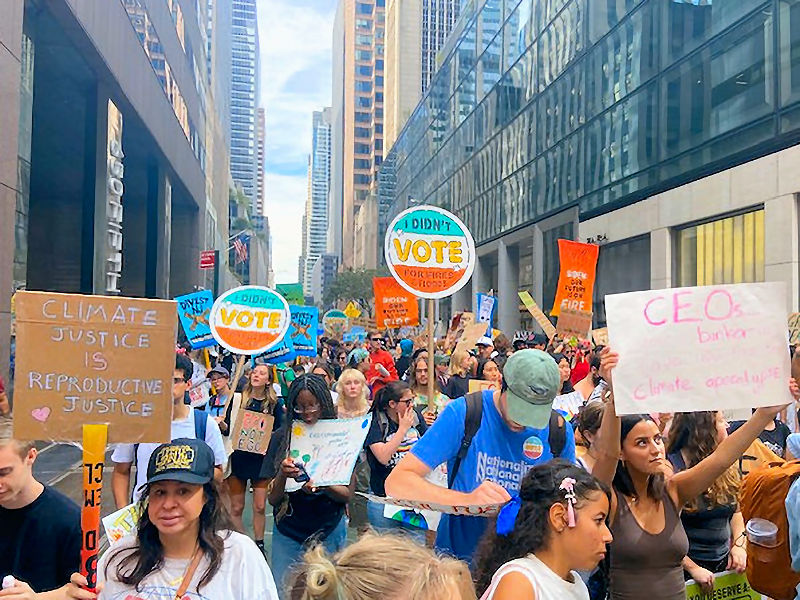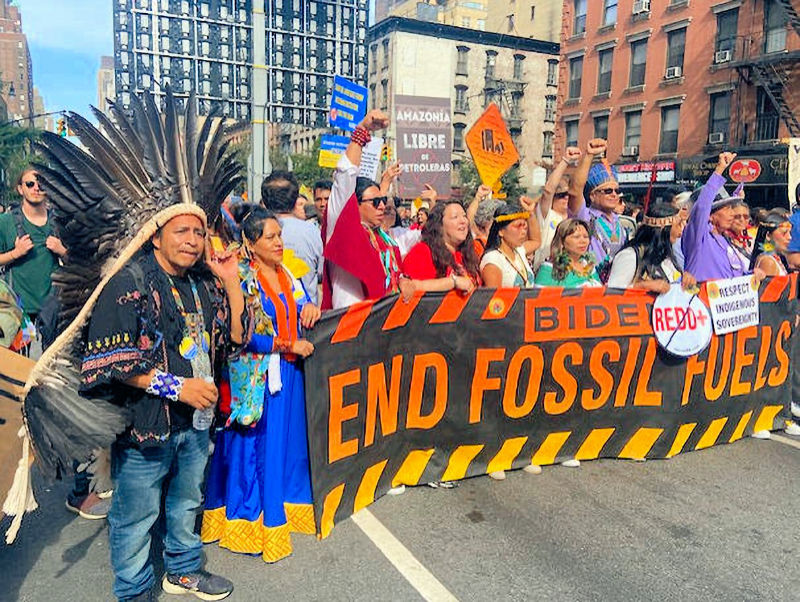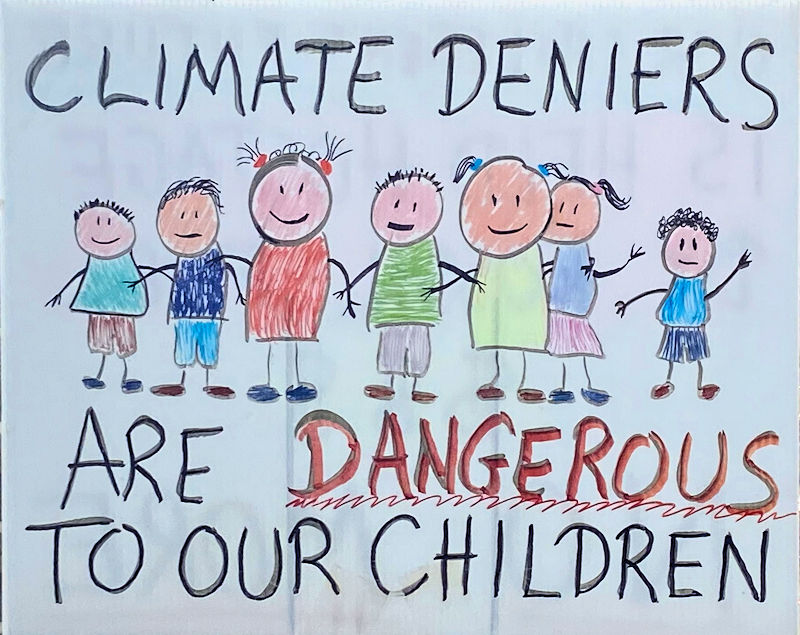-
Posts
22,981 -
Joined
Content Type
Profiles
Blogs
Forums
American Weather
Media Demo
Store
Gallery
Everything posted by donsutherland1
-
JFK’s daily rainfall: 7.83” (new all-time daily record). The old record of 7.80” was set on August 14, 2011.
- 886 replies
-
- 3
-

-
- heavy rain
- flooding potential
-
(and 2 more)
Tagged with:
-
JFK’s two-day total is now 8.20”.
- 886 replies
-
- 2
-

-

-
- heavy rain
- flooding potential
-
(and 2 more)
Tagged with:
-
JFK Airport has reached 7.26” rainfall today (2nd highest daily rainfall) and 7.88” storm total rainfall (highest two-day rainfall on record).
- 886 replies
-
- 1
-

-
- heavy rain
- flooding potential
-
(and 2 more)
Tagged with:
-
- 886 replies
-
- 1
-

-
- heavy rain
- flooding potential
-
(and 2 more)
Tagged with:
-
Columbus Park (Mamaroneck, NY). The Sheldrake and Mamaroneck Rivers are over their banks. Streets and buildings are starting to flood.
- 886 replies
-
- 9
-

-
- heavy rain
- flooding potential
-
(and 2 more)
Tagged with:
-
- 886 replies
-
- 5
-

-

-
- heavy rain
- flooding potential
-
(and 2 more)
Tagged with:
-
New York City picked up 1.02” of rain in the past hour. This is only the 4th time on record that 1” or more rain fell in two consecutive hours. The daily total of 4.94” is the 12th highest on record.
- 886 replies
-
- 2
-

-

-
- heavy rain
- flooding potential
-
(and 2 more)
Tagged with:
-
In the wake of Ophelia, cooler than normal weather will continue through much of the remainder of the month. As a result, September now looks to wind up near normal to somewhat warmer than normal. Another significant rainfall (generally 1"-3" is likely in the region Friday into Saturday). In the medium and longer range, a warmer than normal pattern will likely develop in eastern North America as October begins. The ENSO Region 1+2 anomaly was +2.8°C and the Region 3.4 anomaly was +1.7°C for the week centered around September 20. For the past six weeks, the ENSO Region 1+2 anomaly has averaged +2.98°C and the ENSO Region 3.4 anomaly has averaged +1.55°C. El Niño conditions will likely continue to strengthen into the fall with the current East-based event transitioning to a basinwide El Niño for the upcoming winter. The SOI was -3.21 today. The preliminary Arctic Oscillation (AO) was -0.096 today. Based on sensitivity analysis applied to the latest guidance, there is an implied 65% probability that New York City will have a warmer than normal September (1991-2020 normal). September will likely finish with a mean temperature near 69.5° (0.3° above normal).
-
The concurrent marine heatwaves may be undercutting the ENSO influence.
-
In the wake of Ophelia, cooler than normal weather will continue through much of the remainder of the month. As a result, September now looks to wind up near normal to somewhat warmer than normal. In the medium and longer range, a warmer than normal pattern will likely develop in eastern North America as October begins. The ENSO Region 1+2 anomaly was +2.8°C and the Region 3.4 anomaly was +1.7°C for the week centered around September 20. For the past six weeks, the ENSO Region 1+2 anomaly has averaged +2.98°C and the ENSO Region 3.4 anomaly has averaged +1.55°C. El Niño conditions will likely continue to strengthen into the fall with the current East-based event transitioning to a basinwide El Niño for the upcoming winter. The SOI was -6.30 today. The preliminary Arctic Oscillation (AO) was -0.054 today. Based on sensitivity analysis applied to the latest guidance, there is an implied 64% probability that New York City will have a warmer than normal September (1991-2020 normal). September will likely finish with a mean temperature near 69.5° (0.3° above normal).
-
Ophelia's remaining showers will depart tomorrow. Afterward, drier air will return to the region. Additional rain is possible on Friday. In the wake of Ophelia, cooler than normal weather will continue through much of the remainder of the month. As a result, September now looks to wind up near normal to somewhat warmer than normal. In the medium and longer range, a warmer than normal pattern will likely develop in eastern North America as October begins. The ENSO Region 1+2 anomaly was +2.8°C and the Region 3.4 anomaly was +1.7°C for the week centered around September 20. For the past six weeks, the ENSO Region 1+2 anomaly has averaged +2.98°C and the ENSO Region 3.4 anomaly has averaged +1.55°C. El Niño conditions will likely continue to strengthen into the fall with the current East-based event transitioning to a basinwide El Niño for the upcoming winter. The SOI was -5.11 today. The preliminary Arctic Oscillation (AO) was -0.054 today. Based on sensitivity analysis applied to the latest guidance, there is an implied 63% probability that New York City will have a warmer than normal September (1991-2020 normal). September will likely finish with a mean temperature near 69.5° (0.3° above normal).
-
It is a stunning turnaround.
-
Through 5 pm, storm total rainfall from Ophelia included: Atlantic City: 3.71" Bridgeport: 0.24" Islip: 0.89" New York City: 1.79" Newark: 1.61" Philadelphia: 1.57" Additional rain and showers are likely into tomorrow. The latest HREF suggests a stripe of 2"-3" additional rainfall is likely across northeastern Pennsylvania into southeastern New York State, including northwest New Jersey. In the wake of Ophelia, cooler than normal weather will continue through much of the remainder of the month. As a result, September now looks to wind up near normal to somewhat warmer than normal. In the medium and longer range, a warmer than normal pattern could still develop in eastern North America as October begins. The ENSO Region 1+2 anomaly was +2.9°C and the Region 3.4 anomaly was +1.6°C for the week centered around September 6. For the past six weeks, the ENSO Region 1+2 anomaly has averaged +3.20°C and the ENSO Region 3.4 anomaly has averaged +1.38°C. El Niño conditions will likely continue to strengthen into the fall with the current East-based event transitioning to a basinwide El Niño for the upcoming winter. The SOI was -7.60 today. The preliminary Arctic Oscillation (AO) was -0.054 today. Based on sensitivity analysis applied to the latest guidance, there is an implied 54% probability that New York City will have a warmer than normal September (1991-2020 normal). September will likely finish with a mean temperature near 69.5° (0.3° above normal).
-
Ophelia will continue to bring rain to the region into tomorrow. A general 1"-3" storm total rainfall is likely. Local amounts of 4" are possible. Through 8 pm, rainfall amounts include: Atlantic City: 3.11" (old record: 1.12", 1975) Baltimore: 1.19" Bridgeport: 0.09" Islip: 0.27" New York City: 0.90" Newark: 0.82" Philadelphia: 1.05" Richmond: 2.43" (old record: 2.08", 1975) Washington, DC: 1.35" Wilmington, DE: 1.18" Down South, Miami's record 56-day streak of 90° or above temperatures ended. The old record of 44 days was set during July 10-through August 22, 2011. Gusty winds and rough surf will continue to impact the Jersey Shore, Connecticut Shore, and Long Island. Coastal flooding is likely at high tide. Temperatures will hold mainly in the lower to middle 60s tomorrow. In the wake of the storm, cooler than normal weather will continue through much of the remainder of the month. As a result, September now looks to wind up somewhat warmer than normal, but noticeably cooler than had been the case on the guidance even a few days ago. In the medium and longer range, a warmer than normal pattern could still develop in eastern North America as September concludes and October begins. The ENSO Region 1+2 anomaly was +2.9°C and the Region 3.4 anomaly was +1.6°C for the week centered around September 6. For the past six weeks, the ENSO Region 1+2 anomaly has averaged +3.20°C and the ENSO Region 3.4 anomaly has averaged +1.38°C. El Niño conditions will likely continue to strengthen into the fall with the current East-based event transitioning to a basinwide El Niño for the upcoming winter. The SOI was -13.25 today. The preliminary Arctic Oscillation (AO) was -0.237 today. Based on sensitivity analysis applied to the latest guidance, there is an implied 63% probability that New York City will have a warmer than normal September (1991-2020 normal). September will likely finish with a mean temperature near 69.8° (0.6° above normal).
-
- 465 replies
-
- 10
-

-
Ophelia will bring a significant rainfall to the region late tonight into Sunday. Eastern sections will be in line for the heaviest rainfall. A general 1"-3" of rainfall is likely. Local amounts of 4" are possible. Gusty winds and rough surf will impact the Jersey Shore, Connecticut Shore, and Long Island. Coastal flooding is likely at high tide. Temperatures will hold mainly in the upper 50s and lower 60s tomorrow and lower to middle 60s on Sunday. In the wake of the storm, cooler than normal weather will continue through much of the remainder of the month. As a result, September now looks to wind up somewhat warmer than normal, but noticeably cooler than had been the case on the guidance even a few days ago. In the medium and longer range, a warmer than normal pattern could still develop in eastern North America as September concludes and October begins. The ENSO Region 1+2 anomaly was +2.9°C and the Region 3.4 anomaly was +1.6°C for the week centered around September 6. For the past six weeks, the ENSO Region 1+2 anomaly has averaged +3.20°C and the ENSO Region 3.4 anomaly has averaged +1.38°C. El Niño conditions will likely continue to strengthen into the fall with the current East-based event transitioning to a basinwide El Niño for the upcoming winter. The SOI was -19.37 today. The preliminary Arctic Oscillation (AO) was -0.223 today. Based on sensitivity analysis applied to the latest guidance, there is an implied 63% probability that New York City will have a warmer than normal September (1991-2020 normal). September will likely finish with a mean temperature near 69.9° (0.7° above normal).
-
It is. It illustrates how dramatically things can change.
-
Dry weather will prevail through tomorrow. Temperatures will generally top out in the upper 60s and lower 70s in much of the region tomorrow, as clouds begin to increase. A storm, likely subtropical in nature, will likely bring a significant rainfall to the region late Friday night into Sunday. Eastern sections will be in line for the heaviest rainfall. A general 1"-3" of rain is likely. Gusty winds and some coastal flooding will impact the Jersey Shore, Connecticut Shore, and Long Island. Temperatures will hold mainly in the upper 50s and lower 60s during the weekend. In the wake of the storm, a period of cooler than normal weather will continue through much of the remainder of the month. As a result, September now looks to wind up somewhat warmer than normal, but noticeably cooler than had been the case on the guidance even a few days ago. In the medium and longer range, a warmer than normal pattern could still develop in eastern North America as September concludes or October begins. The ENSO Region 1+2 anomaly was +2.9°C and the Region 3.4 anomaly was +1.6°C for the week centered around September 6. For the past six weeks, the ENSO Region 1+2 anomaly has averaged +3.20°C and the ENSO Region 3.4 anomaly has averaged +1.38°C. El Niño conditions will likely continue to strengthen into the fall with the current East-based event transitioning to a basinwide El Niño for the upcoming winter. The SOI was -26.14 today. The preliminary Arctic Oscillation (AO) was -0.122 today. Based on sensitivity analysis applied to the latest guidance, there is an implied 64% probability that New York City will have a warmer than normal September (1991-2020 normal). September will likely finish with a mean temperature near 70.0° (0.8° above normal).
-
Dry weather will prevail through the remainder of the week. Temperatures will generally top out in the lower 70s in much of the region. Nights will see readings in the 50s in New York City, Newark, and Philadelphia with 40s possible in some of the colder suburbs. Another storm will likely bring a significant rainfall to the region late Friday night into Sunday. Gusty winds and some coastal flooding are likely along the Jersey Shore, Connecticut Shore, and Long Island. In the medium and longer range, a warmer than normal pattern could develop in eastern North America as September concludes. The ENSO Region 1+2 anomaly was +2.9°C and the Region 3.4 anomaly was +1.6°C for the week centered around September 6. For the past six weeks, the ENSO Region 1+2 anomaly has averaged +3.20°C and the ENSO Region 3.4 anomaly has averaged +1.38°C. El Niño conditions will likely continue to strengthen into the fall with the current East-based event transitioning to a basinwide El Niño for the upcoming winter. The SOI was -26.14 today. The preliminary Arctic Oscillation (AO) was +0.121 today. On September 18 the MJO was not available. The September 17-adjusted amplitude was 1.591 (RMM). Based on sensitivity analysis applied to the latest guidance, there is an implied 74% probability that New York City will have a warmer than normal September (1991-2020 normal). September will likely finish with a mean temperature near 70.7° (1.5° above normal).
-
Dry weather will prevail through the remainder of the week. Temperatures will generally top out in the lower and middle 70s in much of the region. Nights will see readings in the 50s in New York City, Newark, and Philadelphia with 40s possible in some of the colder suburbs. Another storm could bring a significant rainfall to the region Saturday night into Sunday. In the medium and longer range, a warmer than normal pattern could develop in eastern North America as September concludes. The ENSO Region 1+2 anomaly was +2.9°C and the Region 3.4 anomaly was +1.6°C for the week centered around September 6. For the past six weeks, the ENSO Region 1+2 anomaly has averaged +3.20°C and the ENSO Region 3.4 anomaly has averaged +1.38°C. El Niño conditions will likely continue to strengthen into the fall with the current East-based event transitioning to a basinwide El Niño for the upcoming winter. The SOI was -25.67 today. The preliminary Arctic Oscillation (AO) was +0.206 today. On September 17 the MJO was in Phase 3 at an amplitude of 1.591 (RMM). The September 16-adjusted amplitude was 1.646 (RMM). Based on sensitivity analysis applied to the latest guidance, there is an implied 81% probability that New York City will have a warmer than normal September (1991-2020 normal). September will likely finish with a mean temperature near 71.0° (1.8° above normal).
-
A storm brought a soaking rain to the region late yesterday and today. Rainfall totals included: Bridgeport: 1.19" Islip: 1.32" New Haven: 0.93" New York City: 1.57" Newark: 1.35" Philadelphia: 1.11" Poughkeepsie: 2.08" Dry weather will prevail through the remainder of the week. Temperatures will generally top out in the middle 70s in much of the region. Another storm could bring a significant rainfall to the region Saturday night into Sunday. In the medium and longer range, a warmer than normal pattern could develop in eastern North America as September concludes. The ENSO Region 1+2 anomaly was +2.9°C and the Region 3.4 anomaly was +1.6°C for the week centered around September 6. For the past six weeks, the ENSO Region 1+2 anomaly has averaged +3.20°C and the ENSO Region 3.4 anomaly has averaged +1.38°C. El Niño conditions will likely continue to strengthen into the fall with the current East-based event transitioning to a basinwide El Niño for the upcoming winter. The SOI was -19.79 today. The preliminary Arctic Oscillation (AO) was -0.331 today. On September 16 the MJO was in Phase 3 at an amplitude of 1.591 (RMM). The September 15-adjusted amplitude was 1.474 (RMM). Based on sensitivity analysis applied to the latest guidance, there is an implied 83% probability that New York City will have a warmer than normal September (1991-2020 normal). September will likely finish with a mean temperature near 71.3° (2.1° above normal).
-

Occasional Thoughts on Climate Change
donsutherland1 replied to donsutherland1's topic in Climate Change
-
Rain will arrive tonight and continue through tomorrow. A general 0.50"-1.50" of rain is likely. Eastern sections will likely see the heaviest rain. In the medium and longer range, a warmer than normal pattern could develop in eastern North America. The ENSO Region 1+2 anomaly was +2.9°C and the Region 3.4 anomaly was +1.6°C for the week centered around September 6. For the past six weeks, the ENSO Region 1+2 anomaly has averaged +3.20°C and the ENSO Region 3.4 anomaly has averaged +1.38°C. El Niño conditions will likely continue to strengthen into the fall with the current East-based event transitioning to a basinwide El Niño for the upcoming winter. The SOI was -13.65 today. The preliminary Arctic Oscillation (AO) was -0.387 today. On September 14 the MJO was in Phase 3 at an amplitude of 1.527 (RMM). The September 13-adjusted amplitude was 1.663 (RMM). Based on sensitivity analysis applied to the latest guidance, there is an implied 80% probability that New York City will have a warmer than normal September (1991-2020 normal). September will likely finish with a mean temperature near 71.4° (2.2° above normal).
-
Wow. Those were probably the same clouds from another location.


